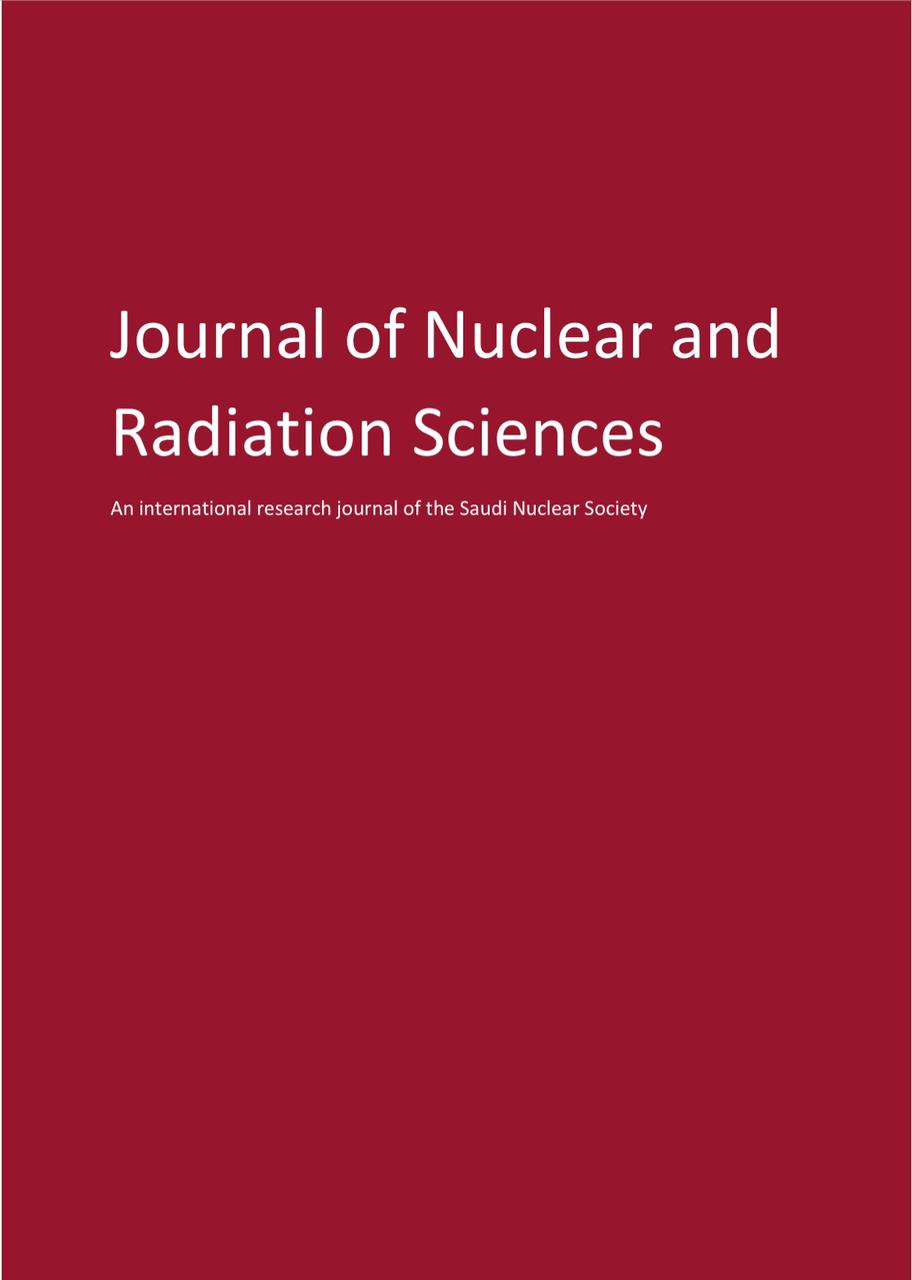
| Original Research | ||||||||||||
J Nucl Radiat Sci. 2024; 3(1): 1-10 Simulation of excess lifetime cancer risk due to the presence of radon in groundwater in Wamba town of Wamba local government area, Nasarawa state, Nigeria Abubakar Bala Madaki, Abdulkarim Muhammad Hamza, Sadiq Abubakar Aliyu, Jamilu Labaran Ari.
| ||||||||||||
| How to Cite this Article |
| Pubmed Style ABM, AMH, SAA, Ari JL. Simulation of excess lifetime cancer risk due to the presence of radon in groundwater in Wamba town of Wamba local government area, Nasarawa state, Nigeria. J Nucl Radiat Sci. 2024; 3(1): 1-10. doi:10.5455/jnrs.2024.01.001 Web Style ABM, AMH, SAA, Ari JL. Simulation of excess lifetime cancer risk due to the presence of radon in groundwater in Wamba town of Wamba local government area, Nasarawa state, Nigeria. https://www.jnrsmu.org/?mno=215744 [Access: October 26, 2024]. doi:10.5455/jnrs.2024.01.001 AMA (American Medical Association) Style ABM, AMH, SAA, Ari JL. Simulation of excess lifetime cancer risk due to the presence of radon in groundwater in Wamba town of Wamba local government area, Nasarawa state, Nigeria. J Nucl Radiat Sci. 2024; 3(1): 1-10. doi:10.5455/jnrs.2024.01.001 Vancouver/ICMJE Style ABM, AMH, SAA, Ari JL. Simulation of excess lifetime cancer risk due to the presence of radon in groundwater in Wamba town of Wamba local government area, Nasarawa state, Nigeria. J Nucl Radiat Sci. (2024), [cited October 26, 2024]; 3(1): 1-10. doi:10.5455/jnrs.2024.01.001 Harvard Style , A. B. M., , . A. M. H., , . S. A. A. & Ari, . J. L. (2024) Simulation of excess lifetime cancer risk due to the presence of radon in groundwater in Wamba town of Wamba local government area, Nasarawa state, Nigeria. J Nucl Radiat Sci, 3 (1), 1-10. doi:10.5455/jnrs.2024.01.001 Turabian Style , Abubakar Bala Madaki, Abdulkarim Muhammad Hamza, Sadiq Abubakar Aliyu, and Jamilu Labaran Ari. 2024. Simulation of excess lifetime cancer risk due to the presence of radon in groundwater in Wamba town of Wamba local government area, Nasarawa state, Nigeria. Journal of Nuclear and Radiation Sciences, 3 (1), 1-10. doi:10.5455/jnrs.2024.01.001 Chicago Style , Abubakar Bala Madaki, Abdulkarim Muhammad Hamza, Sadiq Abubakar Aliyu, and Jamilu Labaran Ari. "Simulation of excess lifetime cancer risk due to the presence of radon in groundwater in Wamba town of Wamba local government area, Nasarawa state, Nigeria." Journal of Nuclear and Radiation Sciences 3 (2024), 1-10. doi:10.5455/jnrs.2024.01.001 MLA (The Modern Language Association) Style , Abubakar Bala Madaki, Abdulkarim Muhammad Hamza, Sadiq Abubakar Aliyu, and Jamilu Labaran Ari. "Simulation of excess lifetime cancer risk due to the presence of radon in groundwater in Wamba town of Wamba local government area, Nasarawa state, Nigeria." Journal of Nuclear and Radiation Sciences 3.1 (2024), 1-10. Print. doi:10.5455/jnrs.2024.01.001 APA (American Psychological Association) Style , A. B. M., , . A. M. H., , . S. A. A. & Ari, . J. L. (2024) Simulation of excess lifetime cancer risk due to the presence of radon in groundwater in Wamba town of Wamba local government area, Nasarawa state, Nigeria. Journal of Nuclear and Radiation Sciences, 3 (1), 1-10. doi:10.5455/jnrs.2024.01.001 |








